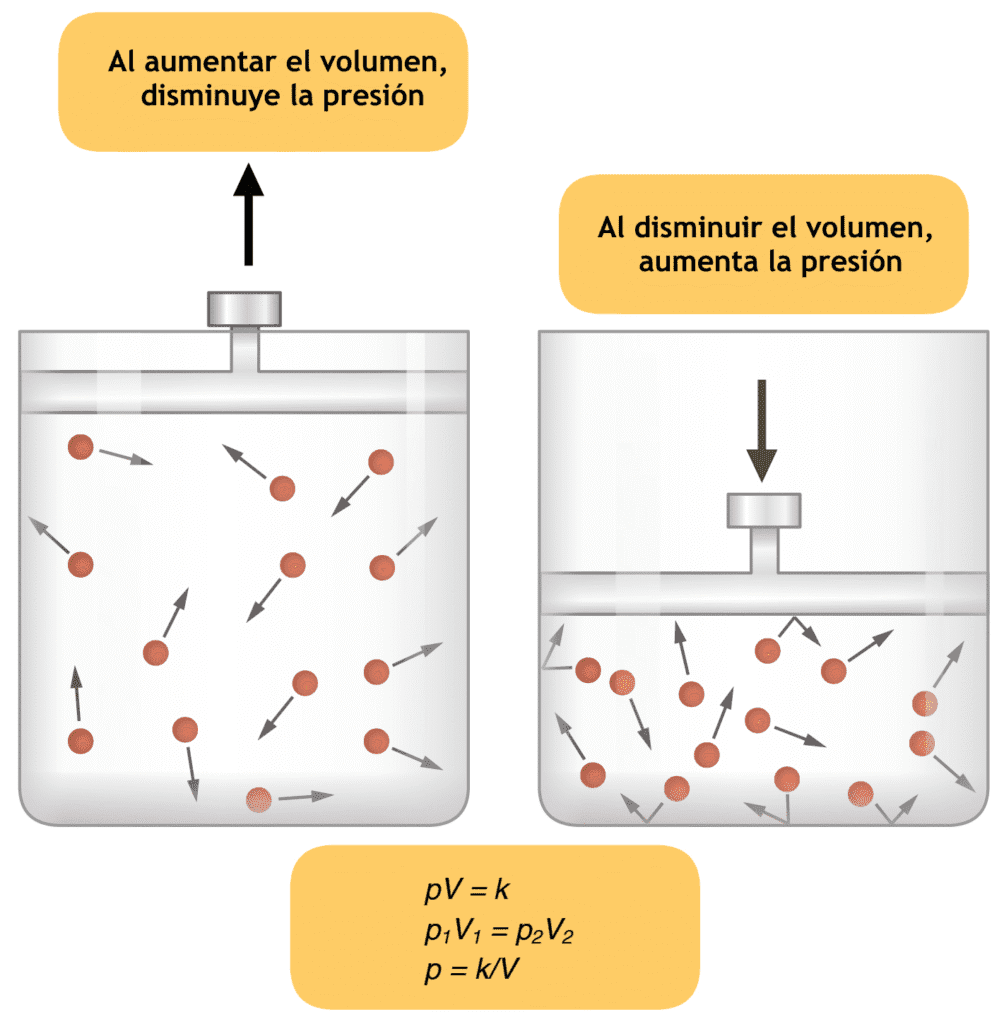Neuroleptanalgesia
Neuroleptanalgesia is method of IV anesthesia which combines at neuroleptic drug with opioid analgesic drug. The most favored combination is neuroleptic droperidol and the analgesic fentanyl.
The combination used neuroleptanalgesia induces state which is different from usual general anesthesia. Because the patient is awake during surgery and is cooperative during the operative and surgical procedure.
The most commonly used combination in Neuroleptanalgesia is that of the neuroleptic droperidol and the analgesic fentanyl.
Neuroleptics also called as antipsychotics are a class of medicines that induce mental detachment and a state of apathy.
The person becomes mildly sedated and uncaring about his surroundings. These neuroleptics are used in the treatment of major psychoses and are discussed.
DROPERIDOL (Droleptan) : This is a butyrophenone derivative like halopcridol. Its pharmacological actions are similar to those of chlorpromazine; but it is short acting (2-3 hours) and more potent than haloperidol.
Apart from typical behavioral effect of calming, droperidol also has antiemetic and alpha-adrenergic blocking (adrenolytic) actions. Like all neuroleptic drugs it can produce extrapyramidal reactions.
FENTANYL (Sublimaze): This drug belongs to the group of 4-acylanilino piperidines.
It is a morphine-like opioid analgesic used exclusively as a supplementary analgesic in inducing general anesthesia.
Like morphine, it suppresses the respiratory and cough centers and causes nausea, vomiting and miosis. Fentanyl citrate is 100 times more potent and powerful than morphine.
However, fentanyl’s action is of shorter duration. When fentanyl is given intravenous or intramuscularly, it produces quickly very strong analgesia can last for near to 30 minutes. These actions can be antagonized by naloxone.
In clinical practice, the neuroleptanalgesia combination usually preferred contains droperidol 2.5 mg. and fentanyl citrate 50 mcg. in 1 ml (Thalamonal, Innovar).
Neuroleptanalgesia Uses
When given intravenously, it causes complete analgesia, without marked hypnosis, sufficient for surgical procedures. The onset of anesthesia is slow.
Major advantages of neuroleptanalgesia are:
- There is a smooth onset and a rapid post anesthetic recovery.
- There is also a decreased danger from hypotension and other circulatory disorders.
- There is a inhibition of coughing and vomiting.
- There is good residual analgesia for the postoperative period.
- It is preferred in surgical procedures of the eye, oral and orthopedic surgery, angiocardiography, myelography and bronchoscopy, because the patients are more cooperative.
Since the combination does not disturb the cardiovascular dynamics, it is claimed to be very useful in old people and in ‘poor risk’ cases.
Further, the combination can be used to induce anesthesia which can then be continued with other general anesthetic agents like nitrous oxide-oxygen mixture and muscle relaxants.
Neuroleptanalgesia side effects and adverse reactions
The are due to toxicity of individual drugs. They include hallucinations, mental depression, extrapyramidal disturbances due to droperidol and respiratory depression due to fentanyl.
The latter may be marked and assisted, controlled ventilation is necessary. As compared to droperidol, fentanyl has a shorter duration of analgesic action (30 minutes) and supplementary doses of fentanyl (1 mcg/kg) may be needed after 20 minutes.
Fentanyl and alfentanil (Rapifen) are sometimes used as IV analgesics in short operations because of their brief duration of action.
Remifentanil, a synthetic opioid, has rapid onset of action and is metabolized rapidly in the plasma and tissues. As a result, its duration of action is extremely short.

